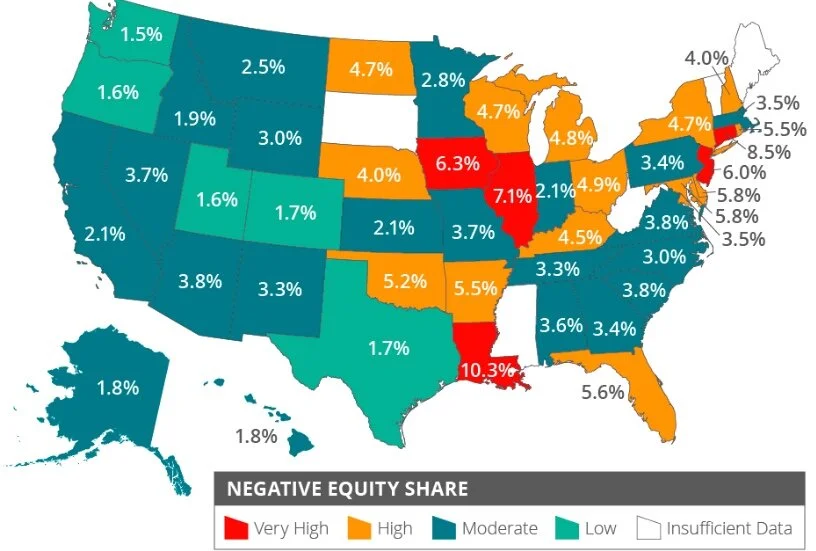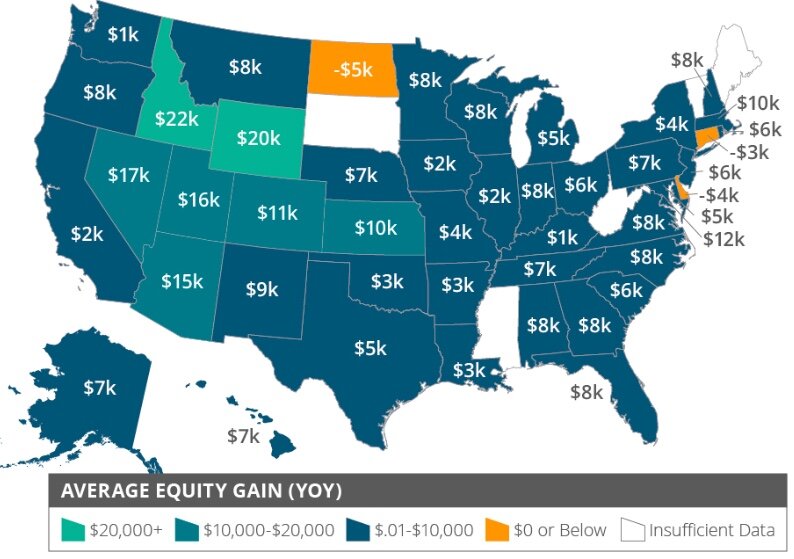Remodeling any aspect of a home can be a big job and a lot can go wrong when owners aren’t adequately prepared. Houzz, a home remodeling website, asked a panel of renovating experts the most common remodeling blunders they see. Here are a few of their responses.
Not budgeting properly.
Underestimating the costs of a project can be a dire mistake that could leave homeowners either with an unfinished property or having to incur a financial loss. Have a detailed budget so you don’t run out of money. Remodeling experts advise always including a 10% to 20% buffer in the budget for any unexpected costs when tackling a remodel.
Assuming DIY will save you money.
Remodeling experts call it the “DIY trap,” and rookie remodelers are especially prone to it. It’s not always cheaper to do a project yourself. It may not look right and could take triple the amount of time to complete than if you would have just hired a pro. “Limit your DIY tasks to things such as painting and simple landscaping jobs, and dedicate your time to project managing the renovation,” experts told Houzz.
Selecting the cheapest contractor.
Another common pitfall is to go with the cheapest quote from a contractor. You don’t want to have to redo poor work. Don’t just focus on the affordability of a contractor’s quote but evaluate fully what it specifies, experts recommend. Gather quotes from at least three contractors and compare them in detail. Also, evaluate the quality of their work through project photos and professional recommendations.
Failing to describe what you want accurately.
Know exactly what you want before you start and use the right words to describe it. Create idea books; search online for ideas online or in magazines; and have a specific list of layouts and finishes you desire. Become familiar with the proper terminology of those looks and finishes so you communicate them correctly to the pros, the experts recommend.
Not researching the material options.
In the same regard, choosing materials often requires some homework. Builders or contractors may fall back on the same materials they always use, but that doesn’t always mean those are right for the project. “Spend time researching the various materials options available—including looks, price, pros and cons, sustainability, durability, and which ones are best suited to your location, and take this information to your builder,” Houzz notes. “Armed with this knowledge, you can decide together the most suitable materials and finishes for your project.”
View more common remodeling mistakes at Houzz.com.
Source: “10 Biggest Remodeling Regrets and How to Avoid Them,” Houzz.com (March 10, 2020)

















